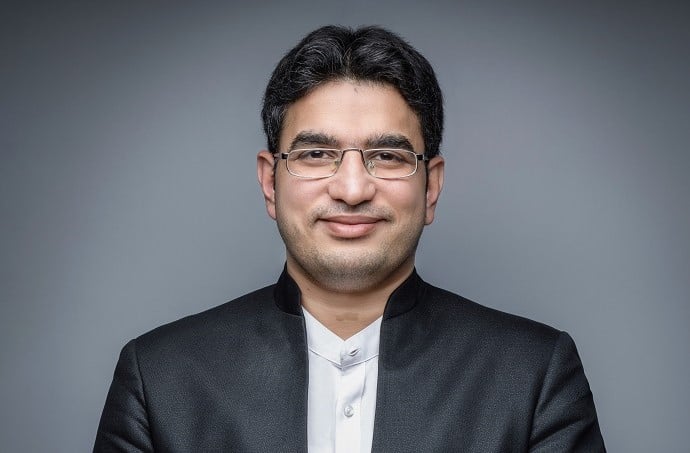“The future belongs to those who can imagine it, design it, and execute it. It isn’t something you await, but rather create.” H.H Sheikh Mohammed Bin Rashid Al Maktoum
As the world leaders emerge from one of the most influential congregations in Davos, the World Economic Forum (WEF), there is cautious optimism about the trajectory of the world economy in 2023. In her remarks at the WEF, Managing Director of International Monetary Fund (IMF), Kristalina Georgieva outlined geopolitical risks, inflation, Covid-19, and supply-chain bottlenecks as some of the key challenges confronting the global economy as we cautiously enter 2023.
Evincing optimism at the same time, she attributed resilience in the global economy to China’s reopening and macro-stability on the back of robust consumer spending. In respect to employment trends, the International Labor Organization (ILO) forecasts a moderate increase in global employment of 1 percent in 2023, less than half in comparison to the previous year.
Read:G20 final statement: War in Ukraine damaged the global economy
However, from the standpoint of the world’s largest economy, recent data released by the US Labor Department shows jobless claims dropping to their lowest since September 2022 to 190,000, lending support to ‘cautious optimism’ as the evolving consensus among world leaders at the end of week-long deliberations in Davos.

Financial markets have always acted as a harbinger of economic trends, evident in the high-frequency data points indicative of the state of the economy. With a median forecast pegging S&P 500 in FY 2023 at 4000, equity markets may well serve as a platform for wealth preservation sans maximization. A portfolio-wide approach with exposure across markets and asset classes might well turn out to be a winning strategy.
Another interesting phenomenon for keen observers going forward will be the consensus emerging in the US Congress about the debt ceiling, which will soon be approaching the cap at $31.4 trillion. Whilst there will be the usual cacophony from different political quarters, it is likely the ceiling will be increased to stave off any repercussions in the form of default or credit downgrade.
Even then, 2023 is likely to be a watershed moment for USD as the world’s most preferred currency as there is already some talk about trading commodities like oil and natural gas in alternative currencies.
The fallout of the valuation of the Greenback is likely to put Gold in far greater focus, with the inverse relationship between the two still holding out, even with marked deviations.
Inflation too is likely to dominate the scene impacted by composite factors including geopolitical environment and supply-chain bottlenecks. Further monetary tightening will likely see further increase in borrowing costs lending pressure on the investment climate. Emerging Markets (EM) are likely to bear the greater brunt owing to currency volatility.
Notwithstanding the caution warranted by the global economy in 2023, there is near consensus among economists about significant patches of green-shot in the MENA region in general and the GCC. The successes evident in Dubai EXPO 2020, FIFA 2022 in Qatar, and the significant strides by Saudi Arabia to diversify its economy offer excellent opportunities for discerning investors to diversify their portfolio by including the GCC as part of the wider-asset basket.
Specifically, Dubai’s emergence as the preferred destination for investment and the consequent growth in the economy by 4.8 percent last year offers a compelling reason to view the Emirate as an asset class by itself rubbing shoulders with Equity, Fixed-income, Gold, and Cryptocurrencies. The metamorphic rise of Dubai realty, backed by rising rental incomes (tax-free) and capital appreciation, lends itself to an ideal asset class. Investors, in some instances, now have an opportunity of owning a piece of Dubai virtually in the ‘Metaverse’.
And finally, it will be interesting to see what might hold for cryptocurrencies – devoured for their extreme volatility. Notwithstanding the FTX fiasco, BTC has already surpassed the crucial level of 20,000, pulling many other cryptocurrencies on an upward trajectory. It is difficult to project if it’s a momentary shift. After all, crypto enthusiasts are attracted precisely for its unpredictability, lending them as enigmatic as ever!
For more on economic issues, click here.








